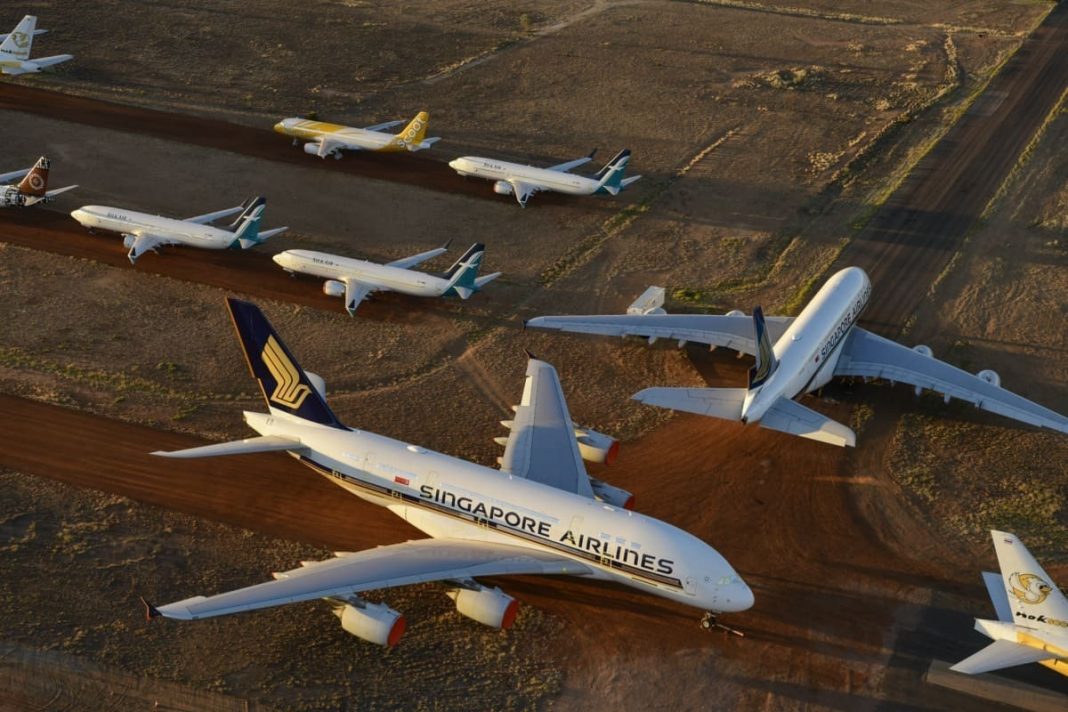According to an OAG report, released on the 10th of August, global airline capacity has touched its peak post-coronavirus. Since the late-February, the aviation industry has touched its bottom and recovered from an unprecedented situation. Last week global capacity broke the 60 million mark, specifically because of growth in specific regions. Nevertheless, it is still 50% of what it was last year. Although some sort of gradual recovery is expected now on, travel restrictions might make this stage a bit complicated.

Steps to recovery
In the next two weeks, the scheduled capacity is expected to increase by just over 5%, and by the end of August touch 75 million mark. However, in times like these demand will fluctuate and airlines will make last-minute adjustments to capacity. Any kind of predictions is hence not bound to be correct.
Region-wise, six of the largest ten regional markets are still at just 40% or less of their pre-COVID level. Lower South America and Southwest Pacific are the worst hit in this sense. Surprisingly, some of these markets even reported a reduction in the week on week capacity. For example in Mexico, there was a 15% reduction as Vivaaerobus reduced capacity on major routes.
Eastern and Central Europe is now the closest regional market to its planned capacity levels. Russian Federation is at 99% of its January numbers while Ukraine is exceeding its past numbers.

Country markets
China continues to be the largest country market, with over 15 million seats a week. Astonishingly, almost 99% of this capacity is just in the domestic sector. With the opening of international travel and demand, we can expect the Chinese airline industry to recover instantly. Capacity in the US has stayed stagnant over the last few weeks and doesn’t show signs of considerate growth.
Airline capacity in India burst out of zero in May, but since then has remained stagnant as the government regulates the market. Out of the top ten country markets, India is furthest away from its original capacity.
The Philippines maintains its status as the worst-hit country market. This week’s capacity is down by 91% as compared to the same value in January. Qatar and UAE are among the list too as Qatar Airways, Emirates and Etihad fail to find sufficient traffic.
Airline-wise
There has been little change in capacity across the top ten airlines in the last week. Airline capacity in the Middle East is mostly hit because of the absence of A380 services. Aside from Southwest Airlines and Ryanair, who have added some 140,000 and 35,000 additional seats respectively this week, most airlines seem to have reached what could be their peak capacity week for the rest of the year.
Many globally recognized airlines continue to remain almost grounded. Singapore Airlines will operate only 6% of their January capacity this week whilst Cathay Pacific will operate just over 10%.

The outlook for the coming winter season is pretty gloomy. We remain at half of the capacity operated in January 2020; some 5,400 (22%) of all routes operated are currently not served.
How long do you think it will take for the global airline industry to recover? Let us know in the comments.
[ad_2]
Source link


